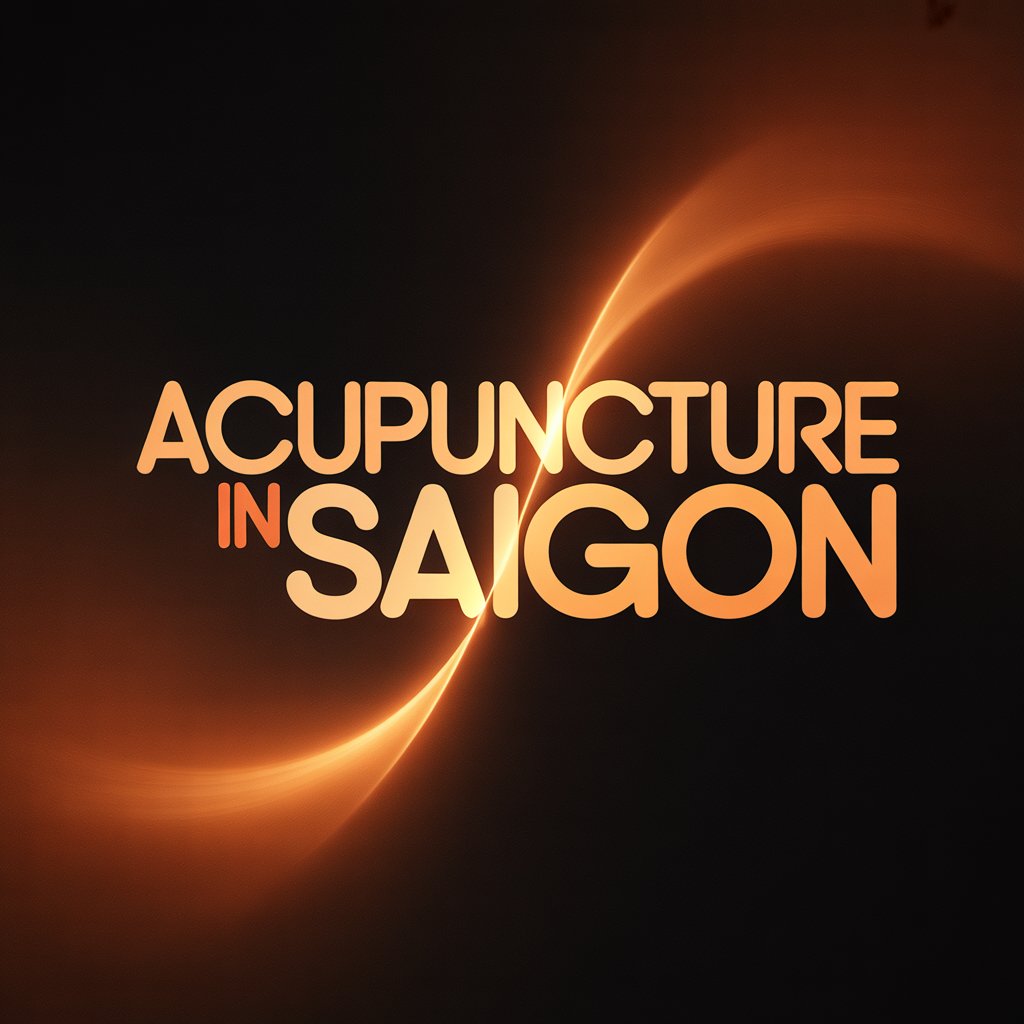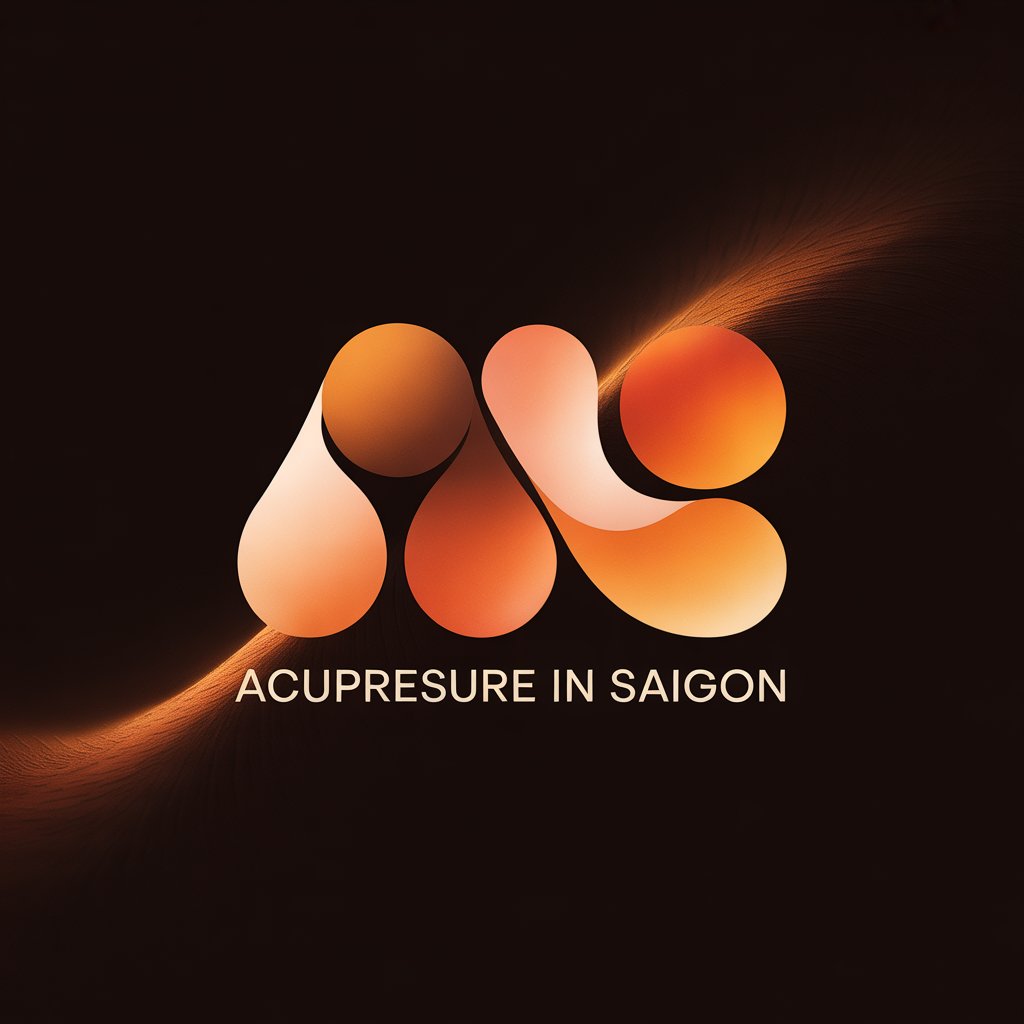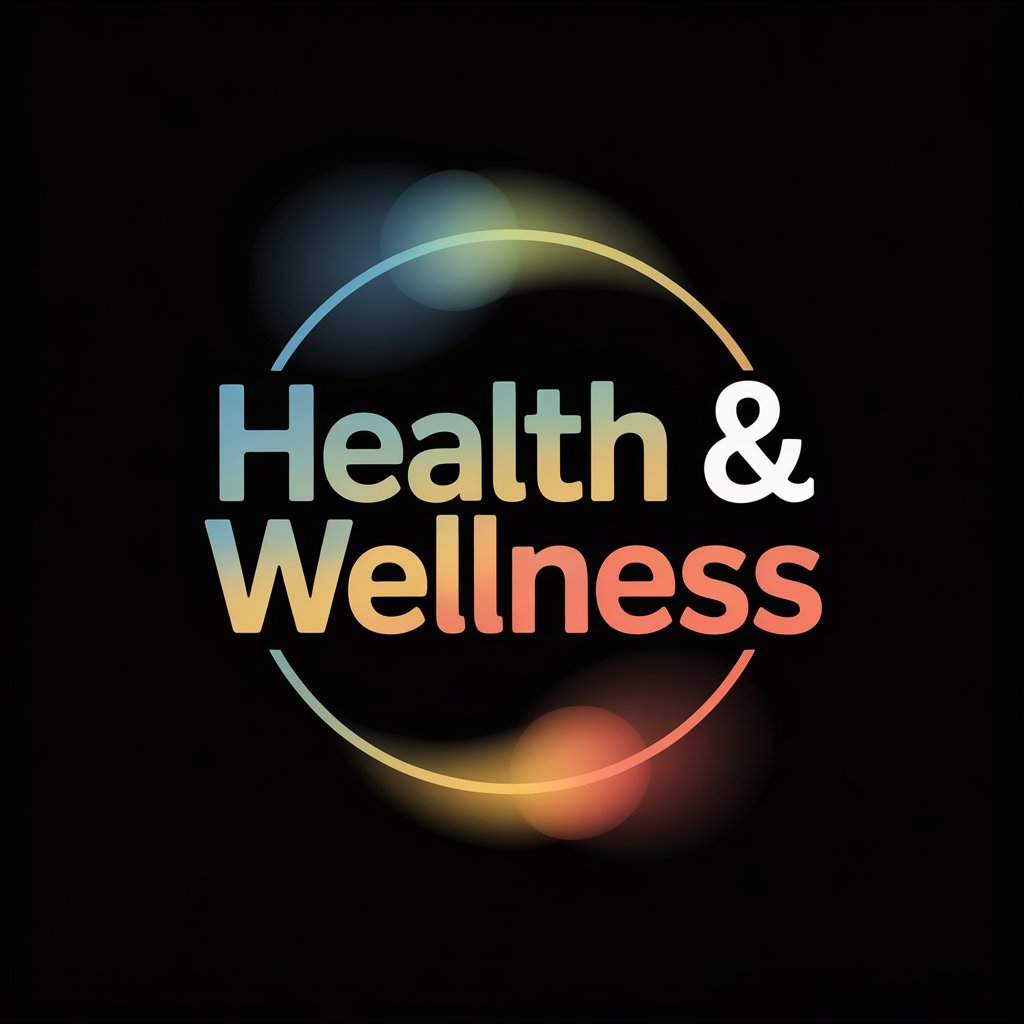Common Pain Conditions for Self-Treatment with Acupressure

Acupressure can be a helpful self-treatment for various types of pain.1 Here’s a focus on the kinds of pain you can potentially address yourself using acupressure techniques:
Common Pain Conditions for Self-Treatment with Acupressure:
- Headaches: Tension headaches, sinus headaches, and mild migraines may find relief through specific acupressure points on the head, neck, and hands.2
- Neck Pain and Stiffness: Acupressure can help relax tight neck muscles and alleviate associated pain.3
- Shoulder Tension: Points on the shoulder, arm, and hand can be used to ease stiffness and pain in the shoulder area.4
- Backaches (Lower and Upper): Mild to moderate back pain, especially muscle-related aches, can sometimes be relieved with acupressure points on the back, hips, legs, and even hands.5
- Sciatic Pain: While often requiring professional treatment, some acupressure points may offer temporary relief from sciatic nerve pain that radiates down the leg.
- Menstrual Cramps: Certain points on the lower abdomen, lower back, and legs can help ease the pain and discomfort of menstrual cramps.6
- Digestive Issues: Acupressure can sometimes help with mild digestive discomfort like bloating or indigestion.7
- Muscle Aches and Sprains: Gentle acupressure around the affected area (avoiding direct pressure on acute injuries) and on distal points may help reduce pain and promote healing.
- Arthritis Pain (Mild): While not a cure, acupressure may offer temporary relief from mild joint pain associated with arthritis.8
- Toothaches: Specific points on the hand and face might provide temporary relief from toothache pain while you seek dental care.9
- Sinus Pain and Congestion: Points around the nose and forehead can help alleviate sinus pressure and pain.10
- Fatigue and Low Energy: Certain points are believed to boost energy levels and reduce feelings of fatigue, which can sometimes manifest as bodily discomfort.11
- Emotional Discomfort (related to tension): Acupressure can promote relaxation and may indirectly help with pain caused or worsened by stress and anxiety.12
Important Considerations for Self-Treatment:
- Listen to your body: If a point is very painful to press, ease the pressure.13 You should feel a firm pressure but not sharp pain.
- Be consistent: Applying pressure for 1-2 minutes several times a day may yield better results than a single long session.
- Combine with relaxation: Deep breathing and a calm environment can enhance the effects of acupressure.
- Not a replacement for medical care: Acupressure is a complementary therapy.14 For persistent, severe, or worsening pain, always consult a healthcare professional for diagnosis and treatment. Self-treatment should not delay seeking appropriate medical attention.
- Know your limits: If your pain doesn’t improve or worsens with self-administered acupressure, stop and seek professional advice.
- Pregnancy: Some acupressure points are contraindicated during pregnancy.15 Always consult your doctor before using acupressure if you are pregnant.
By focusing on these types of pain and adhering to the general guidelines for self-administration, you can explore whether acupressure offers you some relief. Remember to be patient and observe how your body responds.




